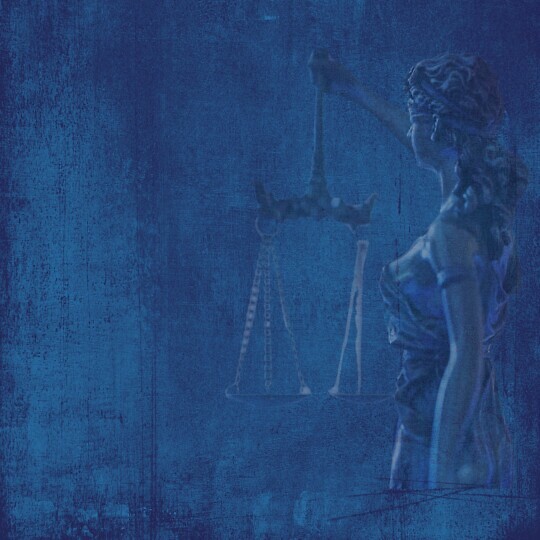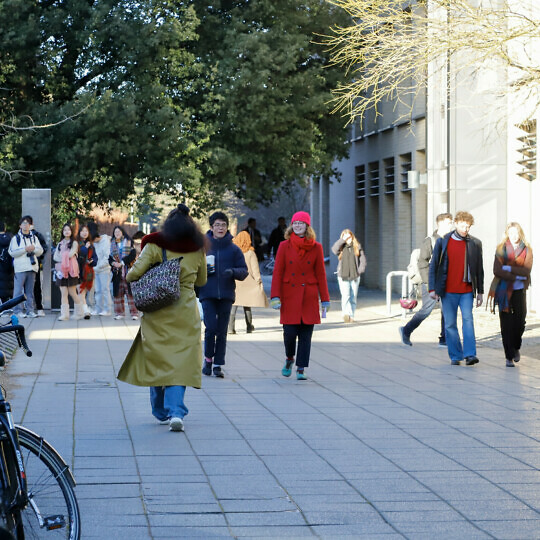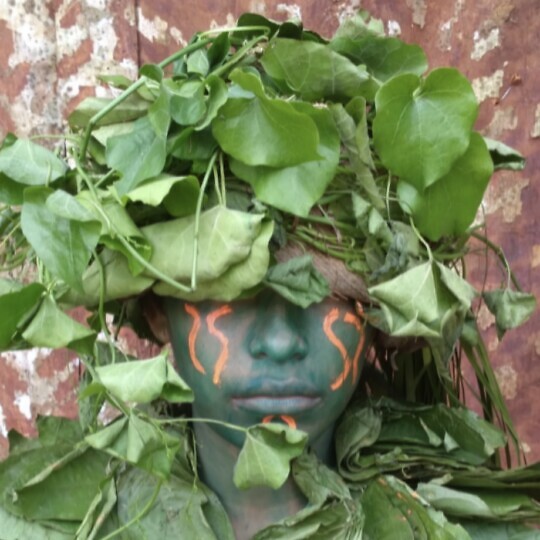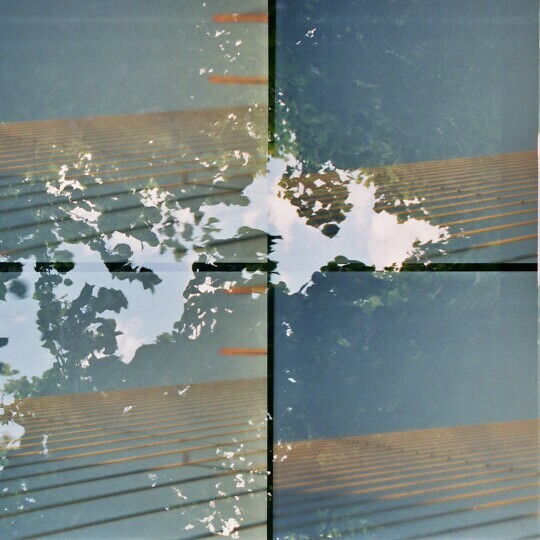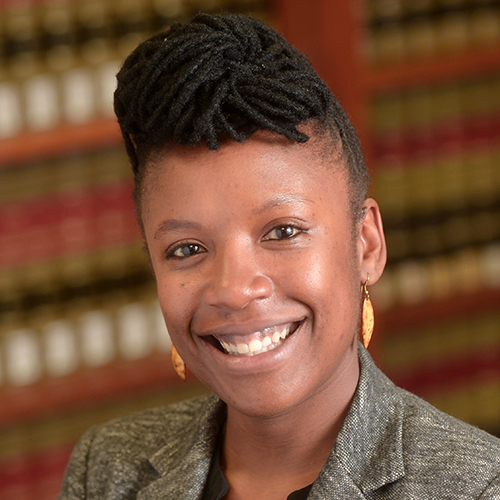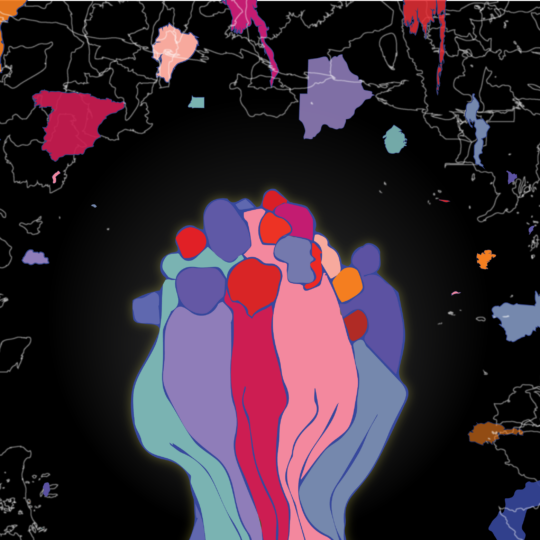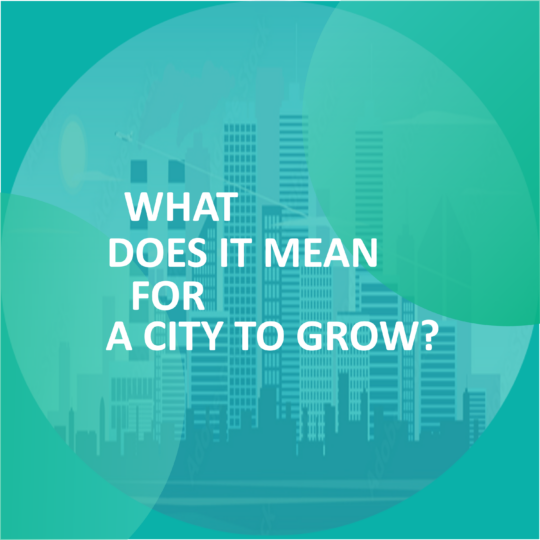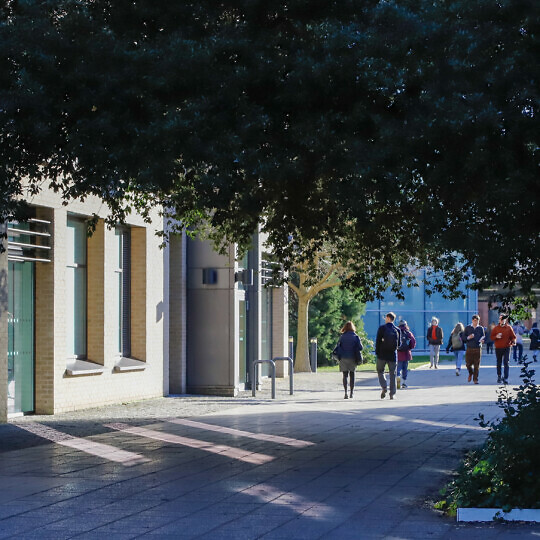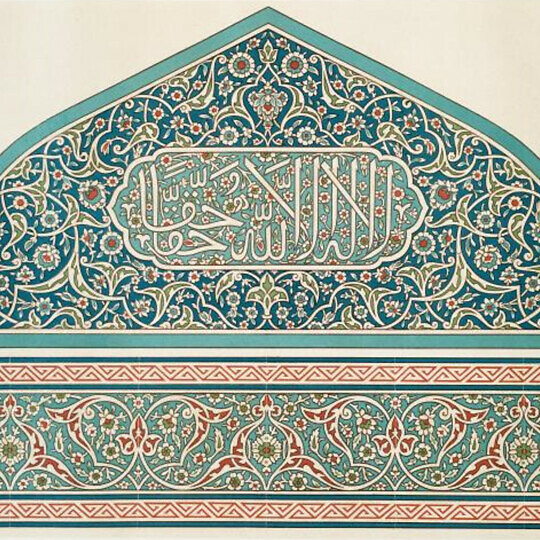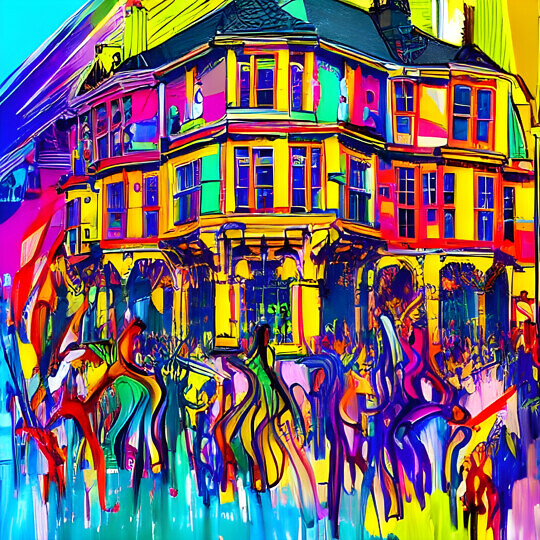| 11 Jun 2022 | All day | SG1 & SG2, Alison Richard Building, 7 West Road, Cambridge | |
- Description
- Programme
- Abstracts
- Biographies
Description
Sign up to the CRASSH Newsletter for more information and updates on this conference.
Conveners
- Kasia Boddy
- Bonnie Lander Johnson
- Alice Wickenden
Summary
This interdisciplinary symposium seeks to explore the history of saffron cultivation and use – both globally and more locally. It is very unusual for a crop that flourishes in Crete, Kashmir and Iran to do well in Britain, but from the late fourteenth century, Crocus sativusprovided a valuable cash crop for smallholders farming in the chalky fields of Cambridgeshire and Essex (centred around Saffron Walden). Some was sent to London but much was sold to Cambridge colleges to flavour and ‘gild’ food, and for hygienic and medicinal purposes. Many College gardens also grew their own crops.
The symposium is the culmination of a year-long project, under the auspices of the Materiality Research Growth Network, funded by the University’s Research and Collections Programme. Working with colleagues in the University Library, the Fitzwilliam Museum, Botanic Garden herbarium, and a range of college libraries and archives, the convenors have investigated the Cambridge collections in order to develop existing scholarship on the long history of the local and global saffron industry, focusing particularly on cultural practices that developed around saffron use, its material properties (its colour, flavour, and medicinal properties), literary and visual representations, and the religious and political meaning attributed to this expensive commodity, from the Protestant campaign against the ‘saffroned’ ‘staine’ of Catholicism in seventeenth-century Ireland to the ‘saffronising’ of Hindu Nationalism in India today.
The symposium will present these diverse findings and bring together speakers from within and outside the University to offer an interdisciplinary and international view of saffron’s uses and meanings.
There will also be an opportunity to taste some saffron-flavoured food and drink.
Supported by:
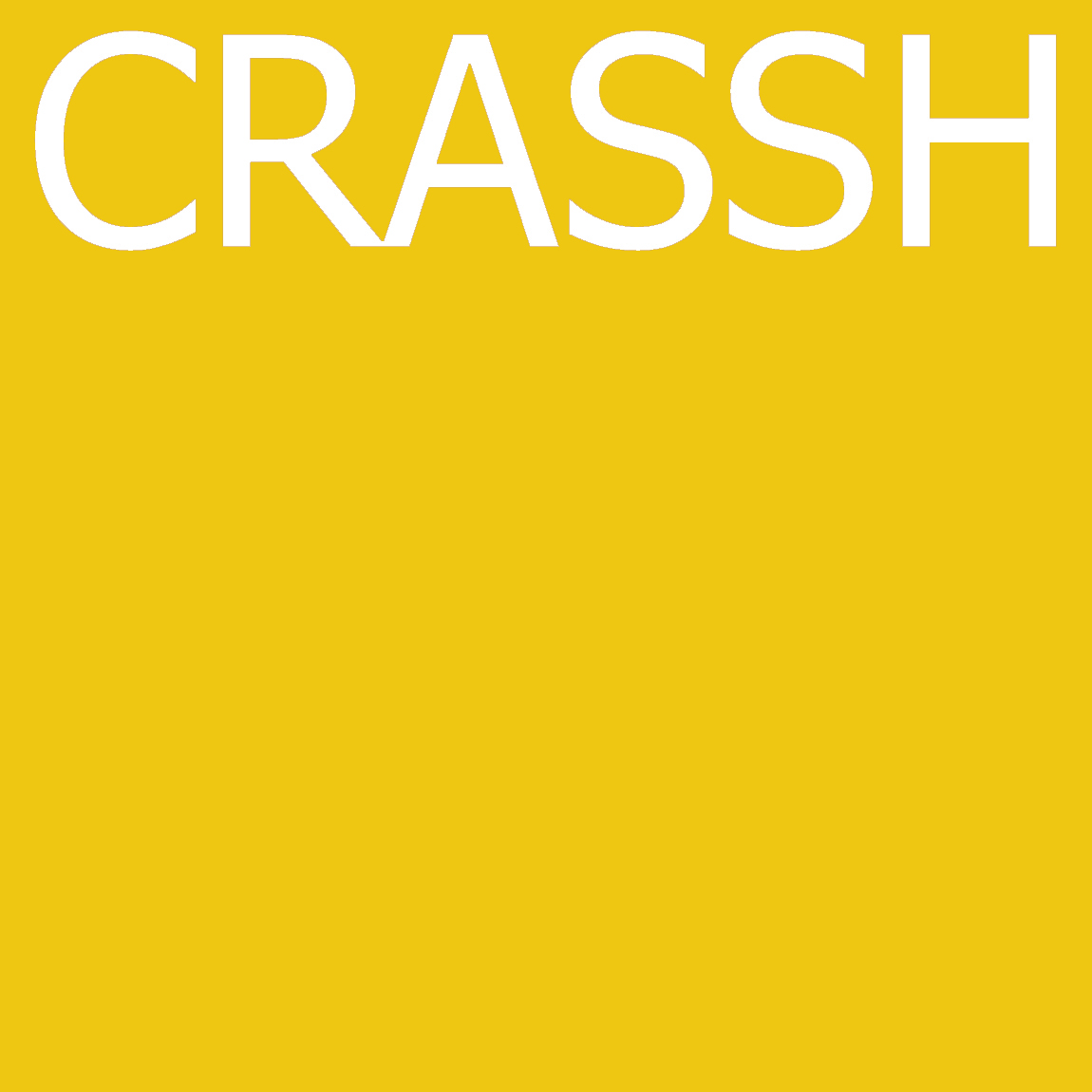
The event is also sponsored by the Materiality strand of the University’s Research and Collections Programme.
The saffron online exhibition is now available to view.
If you have any specific accessibility needs for this event please get in touch. We will do our best to accommodate any requests.
Conference assistance: events@crassh.cam.ac.uk
Programme
| 9:00 - 9:30 | Registration |
| 9:30 - 9:45 | Welcome |
| 9:45 - 11:15 | Saffron in East Anglia Sally Francis Alice Wickenden Andrew Hadfield |
| 11:15 - 11:30 | Coffee and saffron tea break |
| 11:30 - 13:00 | Early modern uses of saffron Spike Bucklow Bonnie Lander Johnson and Hannah Bower |
| 13:00 - 14:00 | Lunch (with a touch of saffron) |
| 14:00 - 15:30 | Culinary traditions Maria José Sevilla Ramin Ganeshram Sam Bilton |
| 15:30 - 15:45 | Coffee and saffron tea break |
| 15:45 - 17:15 | Saffron symbolism in Ireland, India and Iran Natasha Eaton Kasia Boddy Mina Gorji |
Abstracts
Sam Bilton
‘All that glitters: saffron in the English kitchen’
Saffron ‘is a herb of the Sun’ (Nicholas Culpeper 1653) and has delighted us with its golden hues throughout the ages. In the English kitchen, it was particularly popular during the early modern era. Dishes like baked custard tarts and almond milk sauces were enlivened with a pinch of saffron which was particularly welcome during the Lenten fast. At feasts, show-stopping centrepieces like the fantastical Cockentrice or faux ‘apples’ were gilded with saffron glazes. Celebratory breads and yeast leavened cakes also benefited from this spice’s glow which endures to this day in the saffron buns popular in Cornwall. Sam will give a brief introduction of the historical culinary uses of this spice providing a few tasters along with way.
Kasia Boddy
‘How the Irish became saffron’
The story of saffron in Ireland is long, complicated and not over yet. This paper will consider how during the sixteenth century saffron came to be seen as ‘foreign, papist, demonic and effeminating’ (in Susan Flavin’s words). It will consider why colonial legislators outlawed saffron dye, and what Edmund Spenser, Thomas Muffet and others had to say about its use and local plant substitutes. Finally, I will consider the emergence of saffron as a signifier for Irish nationalism in the nineteenth century: in a classic case of the ‘invention of tradition’, many asserted the ancient, even indigenous origins of the spice, forgetting just where it came from and when. I will conclude with James Joyce’s take down of the ‘saffron pettikilt’.
Spike Bucklow
‘Saffron in paintings’
This talk will consider the use of saffron as a pigment in medieval and early modern artists’ studios. It will start with an assessment of its scarcity and end with a suggestion of how the material fitted into contemporary cosmology and added to its legendary status.
Sally Francis
‘Introducing saffron’
Botanist and commercial saffron grower Sally Francis will begin our day with a talk on saffron’s botany, origins and cultivation. She will dispel myths about the true identity of the plant, and the actual part that is harvested as the spice. Next, the fascinating origins of saffron will be discussed, using evidence ranging from ancient artworks to recent molecular biology studies. This will lead into an examination of the historical and present-day cultivation of saffron in the Eastern Counties. Sally’s special focus will be on Norfolk, a place which, her research reveals, once enjoyed a lucrative export trade of the spice with the Low Countries.
Mina Gorji
Poetry reading
The poem I will read is inspired by the process of transformation saffron undergoes and allows: a fine red filament that turns to gold when dissolved in water, its smell and taste evoke and overcome a somatic experience of loss and displacement, establishing a powerful sense of connection with the country of my birth.
Ramin Ganeshram
‘Golden icon: Vignettes from saffron’s cultural history’
If any ingredient has the built-in makings for becoming a cultural icon, it is saffron. From antiquity, saffron has been prized for its beautiful hue, but also for its medicinal qualities, particularly as a mood enhancer. Add its exorbitant cost and saffron became a luxury ingredient that only the most affluent could afford, cementing its status and lore across cultures from the old world to the new. Ramin Ganeshram, author of Saffron: A Global History, will share some of the interesting cultural lore tied to saffron as a culinary ingredient as well as some modern science behind ancient legend.
Andrew Hadfield
‘Have with you to Saffron Walden: the cultural significance of Saffron in the Nashe-Harvey Quarrel’
In this paper I will explore the ways in which saffron is represented as a valuable commodity in the Nashe-Harvey quarrel, an exchange that developed out of the Marprelate controversy (1588-90), and which helped create the literary culture of the 1590s. Nashe initially attacked Gabriel Harvey’s home town in Have With You To Saffron Walden (1596). Running throughout his assaults is a pointed contrast made between the wealth of the town derived from its extensive crocus fields, and the value of the more plebeian herring, which has made the coastal towns of his native East Anglia, Great Yarmouth and Lowestoft, where he was born, prosperous, as outlined in his last work, Nashe’s Lenten Stuff (1599). For Nashe, herring is the more useful – and English – product, signifying a common culture and proper religion, whereas saffron is an elite and exclusive substance, its significance supported by the sumptuary laws, imposed by the courtly elite on whom the sycophantic Harvey fawns.
María José Sevilla
‘Azafrán, an everlasting love affair in the Spanish kitchen’
Saffron arrived early in the Iberian Peninsula even before Roman chefs trying to please the famous and the rich were recreating recipes from their own traditions and inventing new ones. From that moment, the melting pot designed throughout centuries to encapsulate Spanish food, would include a valuable spice that had come from the East to provide a unique aroma and an attractive colour to a once unsophisticated local diet. Spaniards called the most expensive spice in the world Azafrán, a word that comes from the Arabic-Spanish al-zafarán. This talk will explore the relationship of the Spanish kitchen with the vivid crimson threads of the Crocus sativus, as reflected in the texts and recipes of a number of Spanish chefs and food writers who have been working on the theme from medieval times to the present.
Bonnie Lander Johnson and Hannah Bower
‘Saffron in early herbals and household books’
We will look at saffron’s place in printed tracts used in medieval and early modern households to trace some of the ways it was used for medicine, beauty, food. A surprising number of saffron recipes were controversial or contested. We will explore how saffron use became embroiled in some of the period’s social concerns about the body and disease but also in the period’s political and religious strife.
Alice Wickenden
‘Seeking saffron in the archives of Cambridge colleges, 1374-1700’
This paper will explore the traces of the local saffron trade within the Cambridge college archives, seeking to restore a fuller picture of the way the town and university engaged with the spice: as consumers, sellers, growers, and traders. It will position the relationship between the local farming conditions and uses of the land and the Colleges as intellectual institutions as a reciprocal one, and ask what we can tell about the often-silenced archival voices as a result of this explanation.
Biographies
Sam Bilton
A food historian, writer and cook, Sam Bilton has been intrigued by spices most of her life. Her first book on the history of gingerbread won a World Gourmand Cookbook award in 2021 and she is a frequent contributor to national magazines, food festivals, television and radio. Fool’s Gold: A History of British Saffron is Sam’s second book and will be released on 12 July 2022. For further information visit sambilton.com or follow Sam on Instagram.
Kasia Boddy
Kasia is Professor of American Literature at Cambridge University and a Fellow of Fitzwilliam College. She is the author of several books, most relevantly, Geranium and Blooming Flowers: A Seasonal History of Plants and People.
Hannah Bower
Hannah is a Junior Research Fellow at Churchill College, Cambridge, specialising in late medieval literature. She is particularly interested in relationships between books and bodies, medicine and literature. Her recent monograph – Middle English Medical Recipes and Literary Play – explores the linguistic, codicological, and imaginative connections between medieval medical recipes and more canonical literary writings.
Spike Bucklow
Spike is Professor of Material Science at the Hamilton Kerr Institute where he teaches conservation science. He is the author of several books on the materials and methods of medieval and early modern painting.
Natasha Eaton
Natasha is Reader in the History of Art at UCL. She is currently completing her fourth monograph which is to do with The Conditional Image: Vagabondage, art and labour in South Asia. She is author of Mimesis Across Empire (DUP, 2013), Colour, art and empire (I.B.Tauris, 2013) and Art, travel and collecting (Routledge, 2020). She is a long-standing advisor and editor of the global/decolonial journal Third Text. Natasha is at work on a special issue of Third Text with Professor Manuela Ciotti to do with collecting and the global.
Sally Francis
Sally Francis, M.A. (Oxon.), D. Phil. (Oxon.) grew up on the family’s smallholding on the north Norfolk coast. She has always loved plants, and went on to study botany. After a career in agricultural research, and later, consultancy in specialist crops, she began growing saffron commercially in 2009. Her business, Norfolk Saffron, produces ISO 3632 Grade I saffron, as well as award-winning unique saffron products. She has written widely on saffron’s history and recently co-authored a translation of Crocologia, a fascinating seventeenth-century book dedicated to the spice.
Ramin Ganeshram
Ramin is the author of Saffron: A Global History (Reaktion Books). A journalist, chef and culinary historian, Ganeshram is the Executive Director of Westport Museum for History & Culture, in Westport, Connecticut in the United States.
Mina Gorji
Mina is a poet and critic living and working in Cambridge. Born in Iran, her work explores issues of migration (plant, animal, human) and the ecologies of home. She recently explored some of these issues in conversation with Jacob Allen Paissant for Nottingham Contemporary.
Her first collection, Art of Escape (Carcanet, 2020) was described in the Guardian as a collection which ‘encourages us to democratise our attention and empathy’. Her new collection, Scale, will be published by Carcanet in July 2022. She is an Associate Professor of English and a Fellow of Pembroke College, and enjoys cooking (with saffron!)
Andrew Hadfield FBA
Andrew is Professor of English at the University of Sussex. He is the author of a number of books about the English Renaissance and Reformation, including, Edmund Spenser: A Life (2012), Lying in Early Modern English Literature and Culture: From the Oath of Supremacy to the Oath of Allegiance (2017) and Literature and Class from the Peasants’ Revolt to the French Revolution (2021). A second edition of the anthology, Amazons, Savages and Machiavels: Travel and Colonial Writing in English, 1550-1630, co-edited with Matthew Dimmock, will appear later this year, as will Thomas Nashe and Late Elizabethan Writing.
Bonnie Lander Johnson
Bonnie is Fellow of Newnham College. Her academic books on early modern literature and culture are Chastity in Early Stuart Literature and Culture, Blood Matters, The Cambridge Handbook to Literature and Plants and Shakespeare’s Botany.
María José Sevilla
María is a Spanish writer and cook who is an expert in Spanish gastronomy and wine. Early in her career she moved from Spain to England where she has spent most of her professional life; she now divides her time between London and the Sierra de Aracena in Andalusia. Her first book Life and Food in the Basque Country (1989) described her travels through the region’s different areas and considered how its inhabitants reflect their identity in their food. It was followed by Spain on a Plate: Spanish Regional Cookery (1992) and Mediterranean Flavours, Savouring the Sun (1997). From 1998 to 2018, Sevilla headed the Department “Foods from Spain”, later including ‘Wines from Spain”, of the Economic and Commercial Office of Spain in London. In 2019 she was described by The Drinks Business Magazine as one of the most influential woman in the Spanish Food and Wine Industry. Sevilla has worked as consultant, presenter and scriptwriter on several British TV series, including Spain on a Plate (BBC 1992), six films showing the diversity of the Spanish ‘Cocinas’. For many years a member of the British Guild of Food Writers, she has participated in conferences in the US, Australia, Canada and Japan, and, for a number of years, was a visiting chef at the Culinary Institute of America. Sevilla’s most recent book, Delicioso, a History of Food in Spain was published in 2019 by Reaktion Books in their Food and Nations series.
Alice Wickenden
Having completed a collaborative PhD on Hans Sloane’s library with QMUL and the British Library, Alice Wickenden is now a Teaching Fellow in Early Modern English at Durham University. Her most recent academic publication is a study of the digital reconstruction of Sloane’s collection in Publishing History; she has also published poetry and creative nonfiction.

